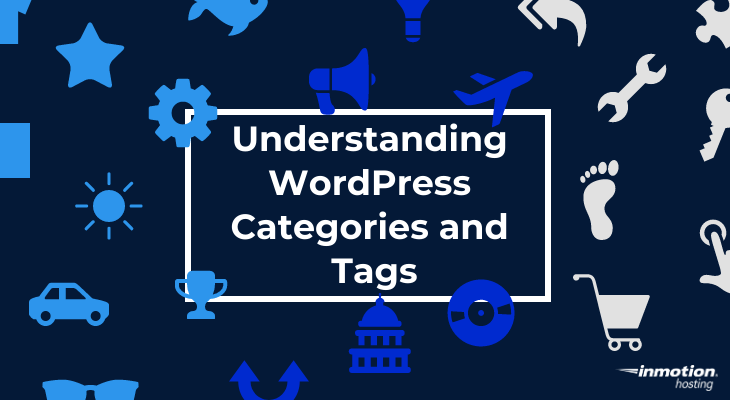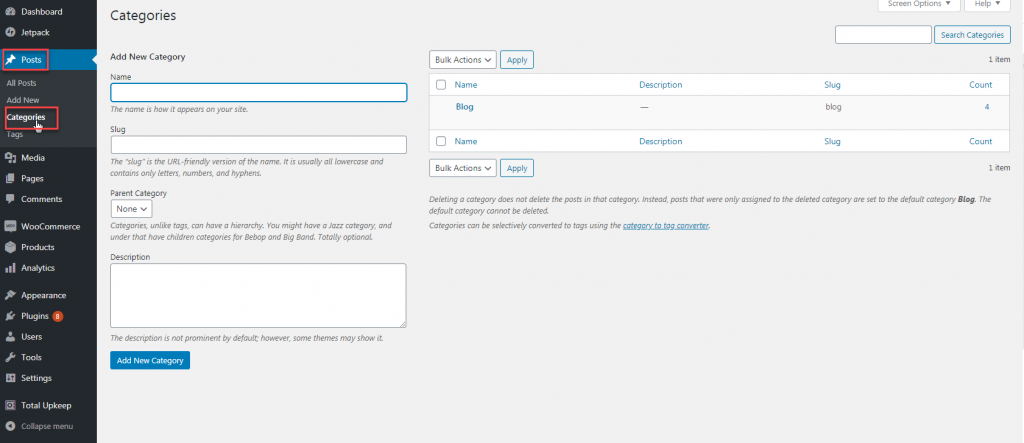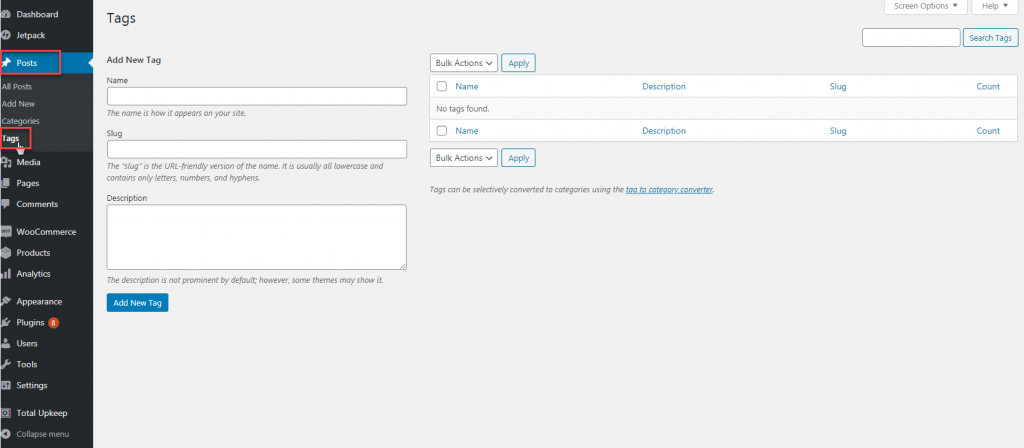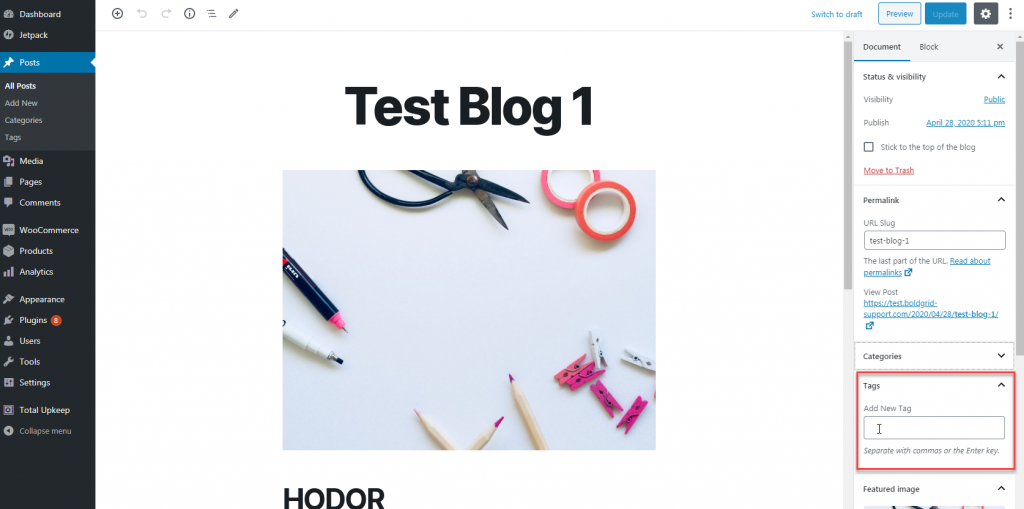
Blogging is an important part of building your online presence. However, in addition to your actual blog content, the structure of your blog is equally important. Through the use of WordPress categories and tags, you can organize your blog to optimize your end-user experience and SEO efforts. But are WordPress categories and tags?
Continuing reading to learn:
Enjoy fast, secure hosting for your WordPress website with our optimized WordPress Hosting.
WordPress Categories
WordPress categories are broad groupings created to organize your blog content on your website. They help both end-users and search engines easily navigate your website, determine the purpose of your website, and find the information they need.
WordPress categories are also hierarchical — allowing you to create subcategories and tertiary subcategories to further organize your website content. For example, you can have a parent category titled Plants, a subcategory titled Indoor Plants, and then a tertiary subcategory titled Low-Light Plants. End-users who land on your site can then use the three distinct categories to review content in Plants, Indoor Plants, and Low-Light Plants. Under Plants, they will see content for all three categories, but under Low-Light Plants, they will only see content labeled Plants>Indoor Plants>Low-Light Plants. This is the same if they only want to view content under Indoor Plants.
It’s best practice to map out your website blog structure and content before you being adding content — at least your main parent categories. Of course, you can always update and change categories as your website grows, but massive restructuring can confuse your end-users and affect your SEO efforts.
You can create and manage your categories by navigating to Posts > Categories in your WordPress Dashboard.

WordPress Tags
WordPress tags add a more dynamic layer of organization to your blog content if needed. They can be used to label your content similar to the way eCommerce stores may add additional search keywords to their products for search filtering, as you can add multiple tags to one post.
Continuing with the example above, if you want additional organization for the tertiary subcategory Low-Light Plants, you can add easy, intermediate, and advanced to indicate the difficulty level of the plant. Or, perhaps, pet-friendly and non-pet-friendly, or moderate watering and frequent watering, etc.
Tag creation, unlike categories — which should be broad and simple, can be complex and never-ending. Add tags that you know will be easy for your end-users to follow but try not to overdo it. You know your content and audience the best, so when planning your tags, think about what would make the most sense for your needs.
Tags can be created by navigating to Posts >Tags in your WordPress Dashboard or by adding them when the post is created.
Check out WordPress Education Channel for more tips and tricks for building your WordPress website.





